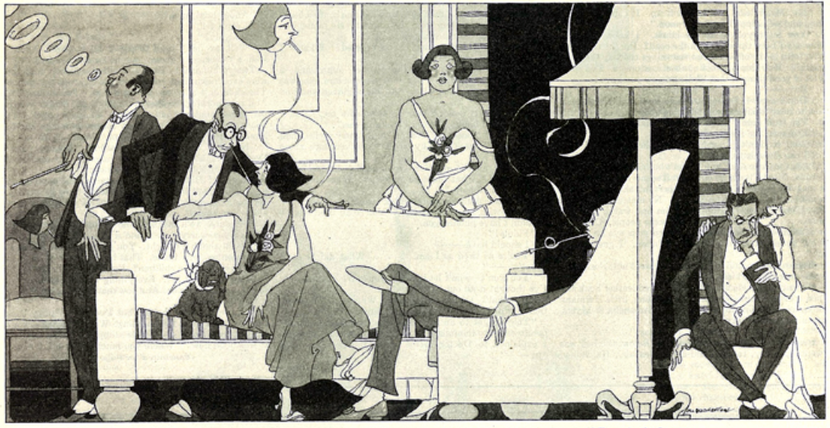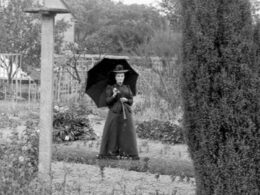F. Scott Fitzgerald (1896–1940)
From F. Scott Fitzgerald: The Great Gatsby, All the Sad Young Men & Other Writings 1920–1926

After This Side of Paradise became an instant best seller (the first printing sold out on its day of publication), F. Scott Fitzgerald began extravagantly and generously spending money. “All big men have spent money freely,” he wrote to his mother. “I hate avarice or even caution.” For the next two decades, he would borrow money from his agent, Harold Ober, against future earnings for stories that were not even conceived, much less written. “Once he developed luxurious tastes,” biographer Jeffrey Meyers writes, “he preferred to sacrifice his independence and go deeper into debt rather than reduce his standard of living to match his diminished income.”
His early books were relatively successful and helped pay the bills, but in 1927, two years after he published The Great Gatsby, Fitzgerald made barely more than $150 combined from all six books—three novels and three story collections—published to date. During the last year of his life, his books sold forty copies and his royalty payment was $13.13. The money he earned during his career—and there was a lot of it—was mostly from the short stories he sold to magazines and from the film industry, including his short-lived career in Hollywood. He made nearly a quarter million dollars from his 164 short stories over a twenty-year period—a substantial amount during the 1920s and ’30s. “He was forced to turn out short stories regularly,” writes James L. W. West III, editor of the new LOA Fitzgerald volume. “This dependence on the slick magazines for income drained him creatively and made it difficult for him to finish his novels.”
The cycle of debt and temporary wealth reached its nadir in 1935. “I am living very cheaply,” he wrote in his notebook. “It was funny coming into the hotel and the very deferential clerk not knowing I was not only thousands, nay tens of thousands in debt, but had less than 40 cents cash in the world and probably a $13 deficit at my bank.”
A decade earlier, during what he would look back on as his glory days, he could still joke about his lack of financial acumen, and he wrote a humor piece, “How to Live on $36,000 a Year” for The Saturday Evening Post. The article itself brought in $1,000—which he immediately used to pay off some of his outstanding debt.



